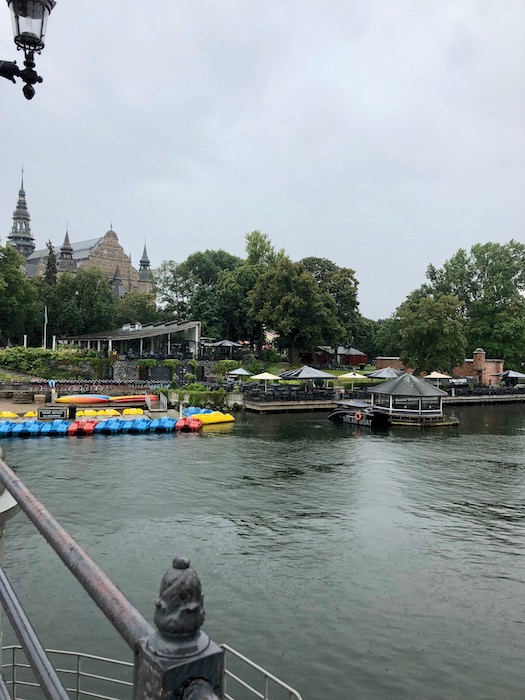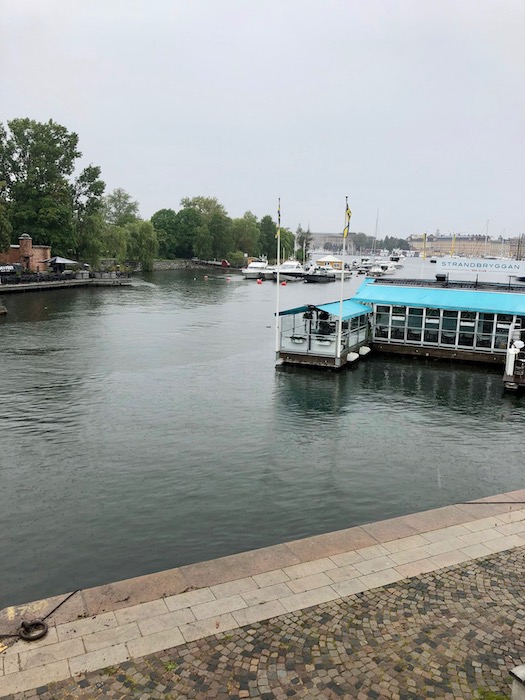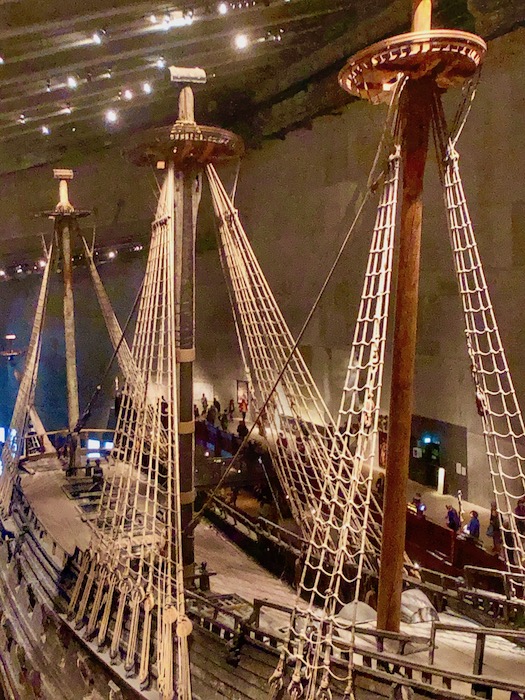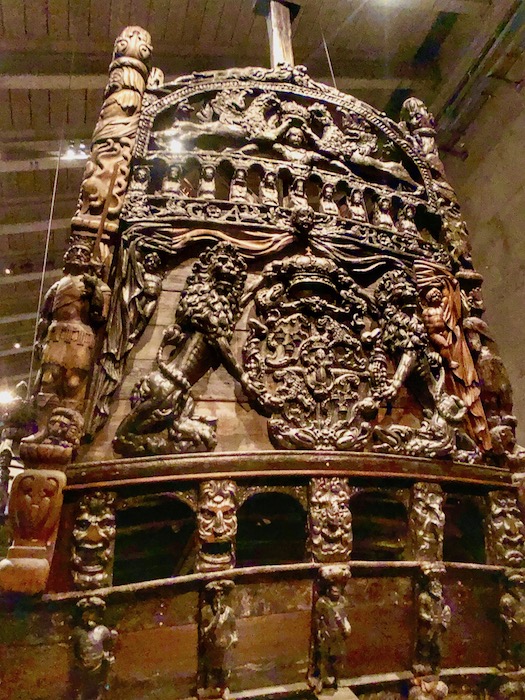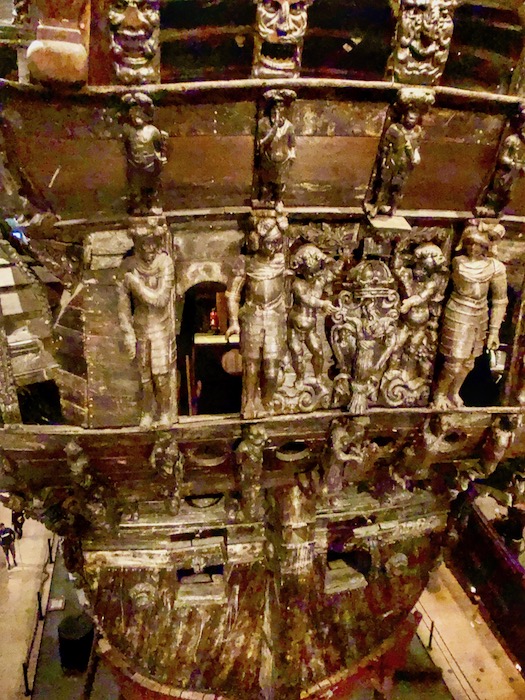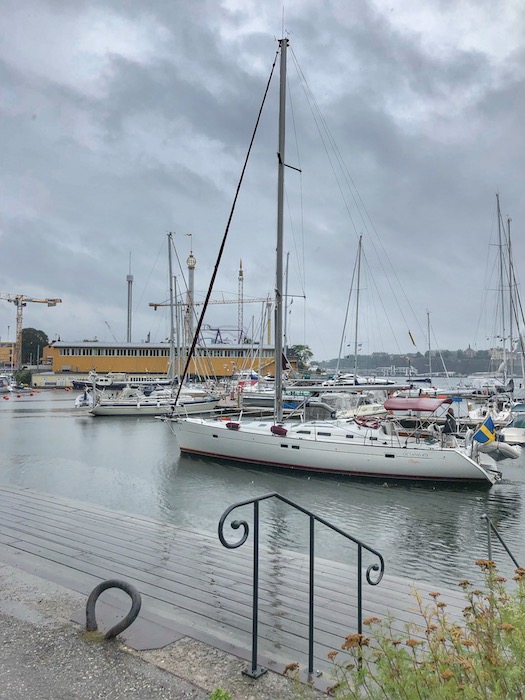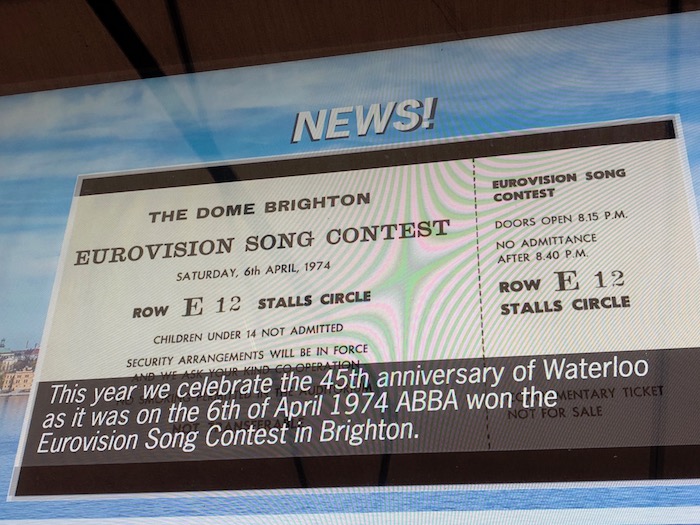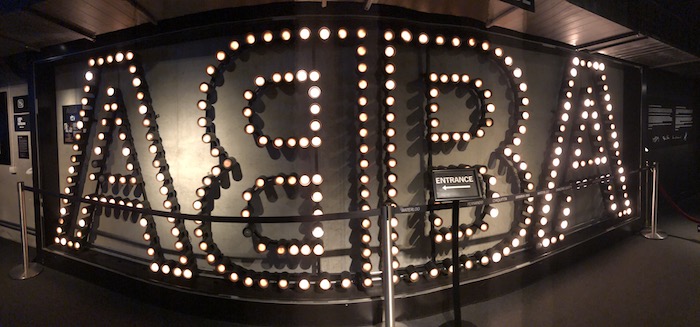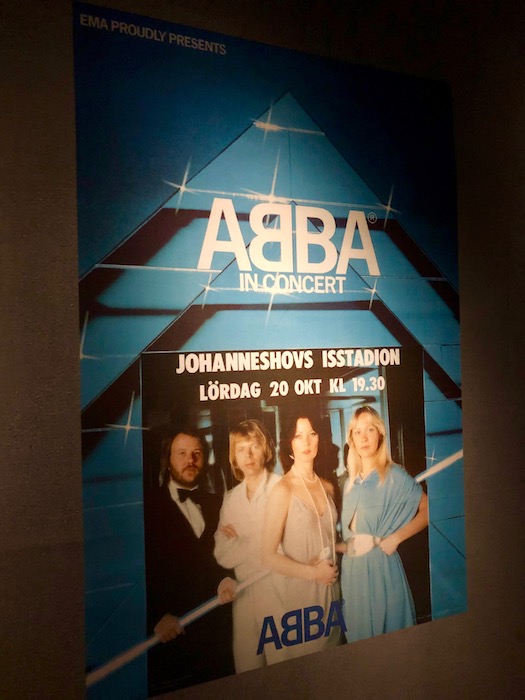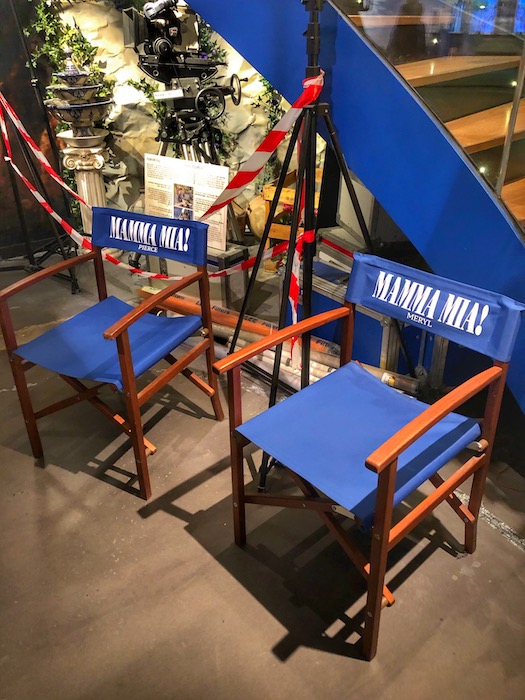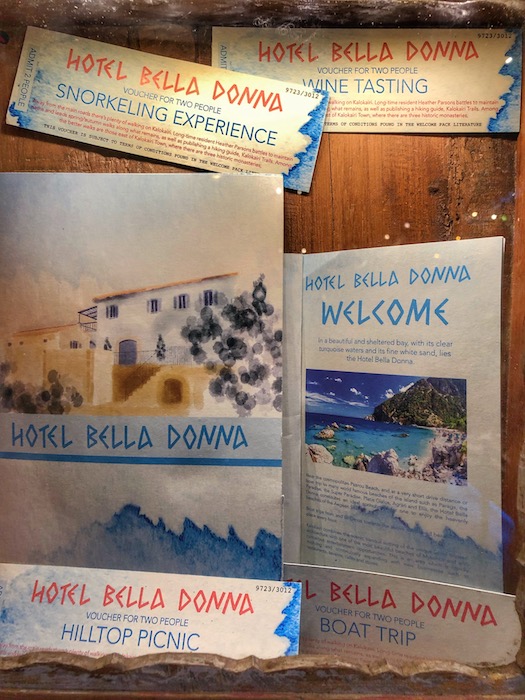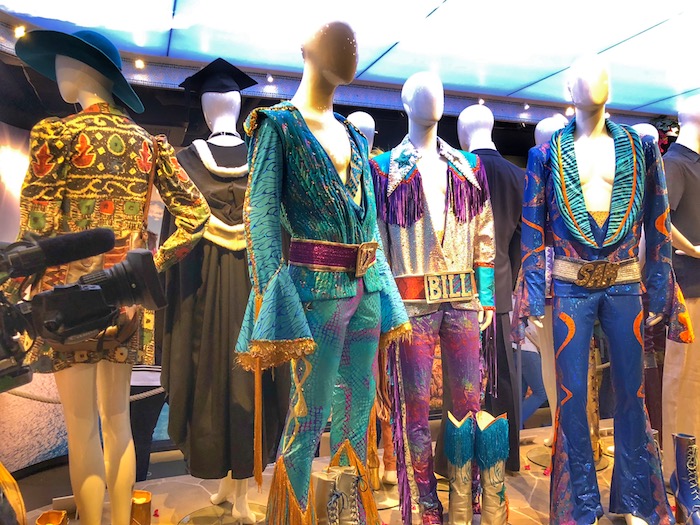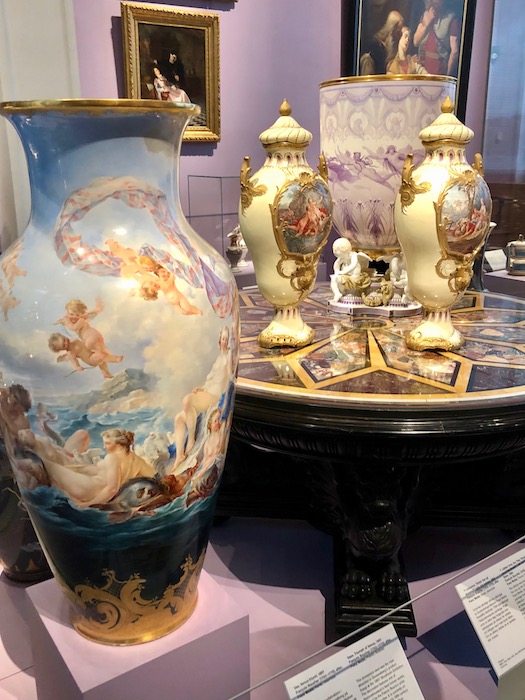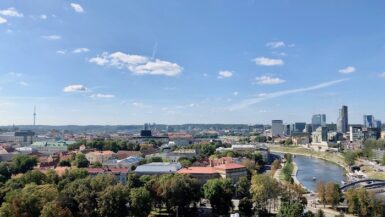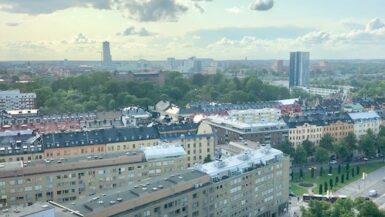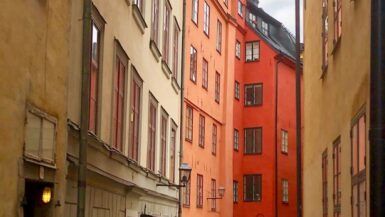August 23, 2019
The day held the promise of sketchy weather, so I decided to make it a museum day. I had heard that the Vasa Museum was a “don’t miss” and there were other museums in the area, so I headed to what has been dubbed Museum Island. I could have taken a bus, but since I was more familiar with the metro, I took it instead. As I came up from the underground, it started to pour rain.
Luckily, I was just down the block from the food hall I had lunch in the other day, so I ducked in there for an early Fika hoping the cloudburst would end while I snacked.
I went for the cinnamon roll again, hoping that it would be more like the Finnish buns – it wasn’t. It was good, but it just wasn’t light and flaky like the Korvapuusti I had in Helsinki.

By the time I finished my leisurely Fika, the rain had not stopped, so I went on my way trying to not get drenched. I made it across the river and onto the island.
I passed several museums, but my focus was getting to the one with the masts coming out of the roof.
As I rounded the corner, there was a lengthy line just to get into the building to purchase tickets. I stood in the rain willing the sky to clear up, or the line to move faster – I didn’t care which. The line moved relatively quickly and soon I was inside where it was dry looking out at the poor people who were still standing in the rain.

So, what was/is the Vasa? It was an extraordinary ship built in 1626/1627 on the order of King Gustavus Aldophus. On its maiden voyage in 1628, the ship traveled approximately 1300 meters into the harbor before a slight breeze keeled it over. It was top-heavy (64 bronze cannons will do that) and not wide enough to distribute the weight, so it toppled over like nothing. It sank within a short time taking at least 20 lives.

Despite some salvage over the decades, the Vasa sat on the harbor floor for 333 years before it was finally raised in 1961. It took years of preservation efforts (which are ongoing), but it is the only almost fully intact sailing vessel/ship from the 17th century in the world. It got its own museum in 1990.
The ship is an extraordinary sight. I was quite captivated by the craftsmanship and the restoration work.
The ship was elaborately carved and colored, as it was to be the flagship of the King’s fleet and show off his wealth, power, and status.
Because of paint/pigment fragments that were preserved and recovered, the restoration team can approximate how the statuary/carvings might have looked on the day it sailed.

Digital recreation based on pigments found on statuary on the ship 
The museum itself was very well laid out. There are tours you can sign up for and a short film at the start that provides background on the ship and the salvage. The movie runs in two theaters; however, not always in English. I watched it in Spanish with English subtitles.
The museum is always busy, but it does open early (8:30 a.m.), at least in the summer months. To not battle crowds, I would go first thing in the morning or before closing. Give yourself at least 1-2 hours to make it through the museums 6 floors. An audio guide is available online, so you can use your smartphone with your own headphones so there isn’t an additional charge.

Although I was inside for several hours, the rain had not let up, so I continued on my way sloshing through the raindrops. I made my way around the marina to the next museum on my list – the ABBA museum.
Who among us doesn’t know the words to at least Dancing Queen? ABBA (an acronym of the first letters of each of the band members’ first names) was one of the top pop groups in the mid-1970s to the early 1980s.
ABBA gave Sweden its first win in the Eurovision Song Contest in 1974 where they won with “Waterloo.” And the rest, as they say, is history.
The museum is full of displays of memorabilia and costumes (ABBA was known for their funky, flashy clothing).
It’s fun and interactive, you can even sing karaoke with holograms of the band – if you want to. I did not. Purchase the audio guide as it fills in the gaps from the placards and displays.
Although the group’s personal (marriages) and professional relationships faltered in the early 1980s, each member went on to solid solo careers. Benny and Bjorn wrote several musicals and Benny was extremely active behind the scene when ABBA’s music inspired Mamma Mia, the musical and the movies. There is a separate temporary exhibit with memorabilia, costumes, props, and photographs from the movies.
I still can’t get the tune Mamma Mia out of my head.

If you want to have the full ABBA experience, you can even stay at the Pop House Hotel located above the museum. That would have been a bit too much ABBA for me.
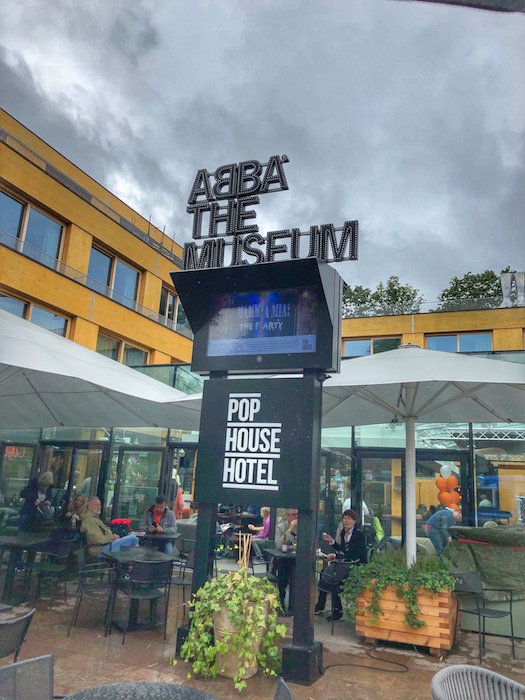
Darn it, now I’ve got Dancing Queen rumbling around my head.
As I danced to the beat of a different drummer through the drizzling rain, I headed toward the last museum on my list.
The Nationalmuseum (not a typo, that’s how it’s spelled) is the national gallery of Sweden. It was founded in the 1790s, but it moved to its present building in 1866. It was closed in 2013 and only reopened in October 2018 after a $132 million renovation.

Not much to look at outside, the interior is lovely.
On the bottom floor, there is a wonderful sculpture gallery.
On the middle floor, there are various forms of artwork from the 1800s through the 2000s. I liked how they grouped different art forms together to create vignettes. Most of the paintings were Swedish, however, the museum does have a few Cezanne, Renoir, Morisot, Degas and Sisley.
The top floor is full of earlier masters, including an impressive collection of Rembrandt.
By the time I closed down the museum, the rain had stopped. I was a mile or so away from the Gamla Stan metro stop, but I decided to walk back since the weather had cleared. The cobblestone streets were a bit slippery, but I was enjoying the architecture too much to mind.
As I left the waterfront to head into the metro stop, I caught the beginnings of the sunset. It was magical.





